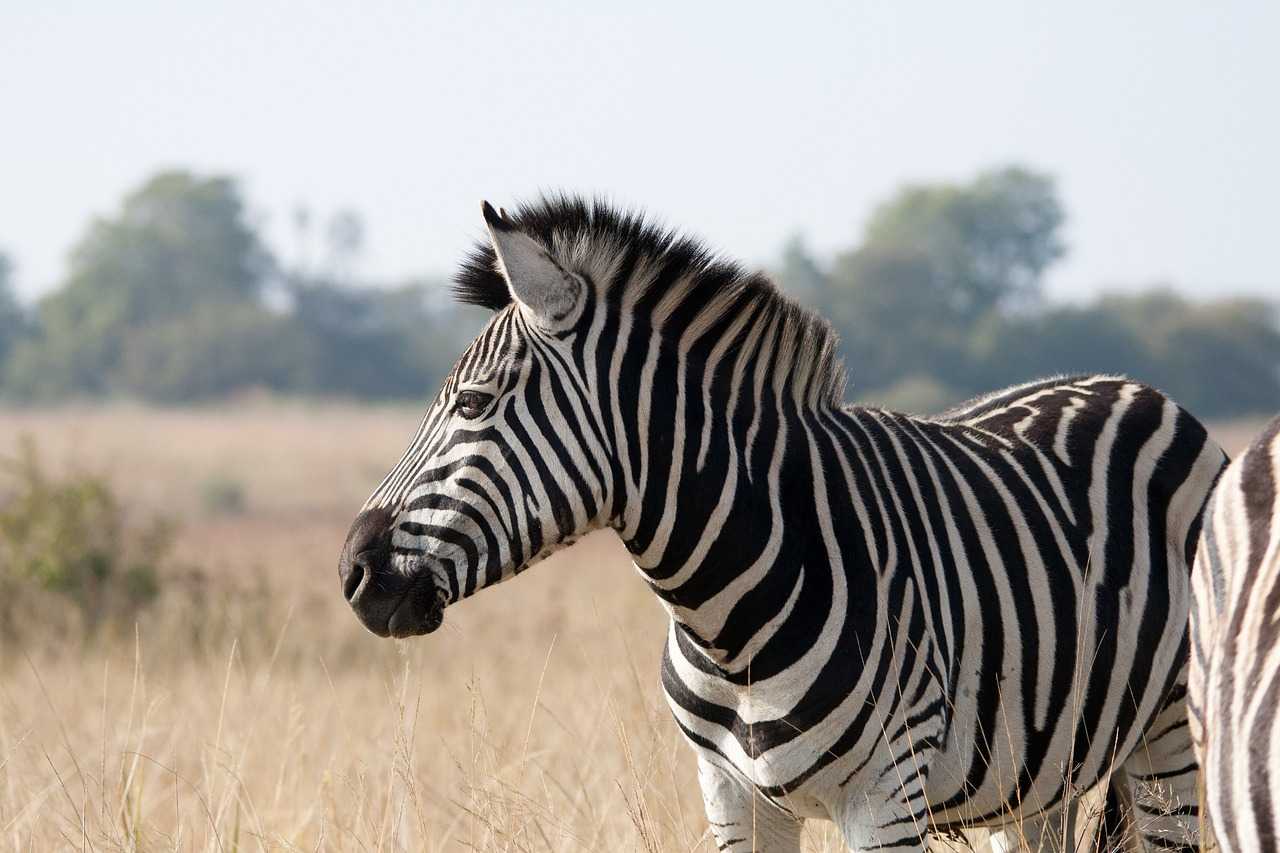
“The symbol of the zebra is nature’s own camouflage, a lesson in the art of blending in while standing out.”
Dr. Jane Goodall, Primatologist and Anthropologist
Background:
Welcome to the virtual Zebra Exhibit, a captivating journey through the fascinating world of zebras! These magnificent creatures, belonging to the Equus genus, come in various types, each with its unique characteristics. Let’s dive into the world of zebras and explore the wonders they hold!
Plains Zebra (Equus quagga):
The Plains Zebra is the most common and widespread zebra species. It is known for its striking black and white stripes that cover its body. These stripes are unique to each zebra, acting as a form of identification. The Plains Zebra lives in grasslands and savannas across Africa, forming social groups known as harems. They have a strong sense of community and communicate through vocalizations, body movements, and facial expressions. With their exceptional eyesight and hearing, they can spot predators and quickly alert the group. Plains Zebras are highly adaptable and can be found in various habitats, from dry grasslands to woodlands.
Grevy’s Zebra (Equus grevyi):
Grevy’s Zebras are the largest and most distinctive of all zebra species. They have narrower black and white stripes compared to Plains Zebras and a more elongated body. Grevy’s Zebras primarily inhabit the arid grasslands and semi-desert regions of northern Kenya and Ethiopia. They have a more solitary lifestyle compared to other zebras, with males occupying territories and females forming small groups with their offspring. Grevy’s Zebras have a donkey-like braying call and are known for their impressive endurance and ability to travel long distances in search of food and water.
Mountain Zebra (Equus zebra):
The Mountain Zebra is found in mountainous and hilly regions of southern Africa. They are characterized by their dewlap, a flap of skin under their chin, which is absent in other zebra species. Mountain Zebras have adapted to their rugged habitat by developing sturdy legs and hooves that allow them to navigate steep slopes and rocky terrains. They form small family groups and have a unique social structure. The young foals stay close to their mothers for protection and learning. Mountain Zebras are grazers, feeding on tough grasses and shrubs in their environment.
Today, zebras continue to captivate people around the world with their beauty and unique characteristics. They serve as important ambassadors for wildlife conservation and are cherished for their cultural, ecological, and historical significance. Through ongoing conservation efforts, we can ensure that future generations can appreciate and admire these magnificent creatures in their natural habitats.
Quick Facts:
- Zebras are herbivores, feeding on grass, leaves, and shoots.
- They are highly social animals, living in family groups called harems.
- Zebras communicate using various vocalizations, body movements, and facial expressions.
- These striped equids have excellent eyesight and hearing, helping them detect predators.
- Zebras can run at speeds up to 40 miles per hour (64 km/h) to evade predators like lions.
- Their black and white stripes act as camouflage, confusing predators and discouraging insect bites.
- Unlike horses, zebras have never been fully domesticated.
- Zebras have an exceptional memory and can recognize individual herd members.
- The stripes on each zebra are unique, acting like fingerprints for identification.
- They have a specialized digestive system that allows them to extract maximum nutrients from low-quality vegetation.
Fun Facts:
- A group of zebras is called a dazzle.
- Zebras have a strong sense of community, as they take turns sleeping while others keep a watchful eye for predators.
- Baby zebras, known as foals, can stand and run within just a few hours after birth.
- Zebras have a symbiotic relationship with certain birds, such as oxpeckers, which help by eating ticks and other parasites off their bodies.
- They have a unique behavior called “flehmen,” where they curl their upper lip and inhale scents to detect information about other zebras.
- Zebras can kick in any direction with their powerful legs, which can injure predators like hyenas or lions.
- Grevy’s zebras have a more donkey-like braying call, while plains zebras make a high-pitched, barking sound.
- Zebras’ stripes may help regulate body temperature by dispersing heat and creating air currents.
- The pattern of their stripes may also serve as a social identifier, helping zebras recognize each other.
- Zebras have excellent memory recall and can remember water sources and other landmarks even after long periods.
Fun Facts for Kids:
- Zebras’ stripes come in different patterns, just like human fingerprints.
- Zebras love to roll around in the dust to keep their skin clean and free from parasites.
- Their black and white stripes make them look like they’re wearing fancy pajamas!
- Zebras have a special way of greeting each other called “nosing,” where they touch noses and sniff each other.
- Zebras have a strong bond with their mothers and stay close to them until they are about two years old.
- The mane of a zebra stands up straight, unlike a horse’s mane, which lies flat.
- Zebras have large ears that can move independently, allowing them to listen for danger from different directions.
- When zebras run, their tails stick straight out behind them, acting as a signal to other zebras in their group.
- Zebras have a playful nature and often engage in friendly chasing and nudging games with each other.
- In addition to their stripes, zebras also have beautiful, large eyes that give them a curious and expressive look.
References:
Top 25 Amazing Facts About Zebras
Punda the Zebra – The Tale of an Unusual Hero | Free Documentary Nature











